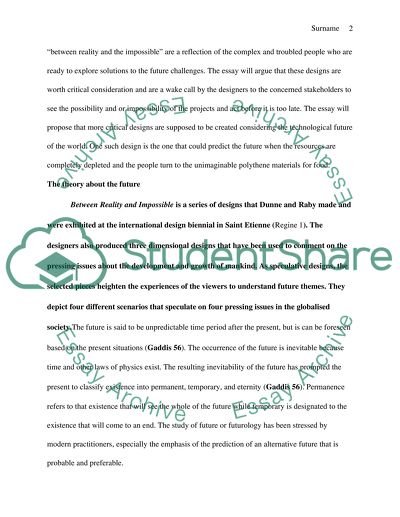Cite this document
(“Futuristic Theory in Designs Essay Example | Topics and Well Written Essays - 1750 words”, n.d.)
Retrieved from https://studentshare.org/visual-arts-film-studies/1475520-futuristic-theory-in-designs
Retrieved from https://studentshare.org/visual-arts-film-studies/1475520-futuristic-theory-in-designs
(Futuristic Theory in Designs Essay Example | Topics and Well Written Essays - 1750 Words)
https://studentshare.org/visual-arts-film-studies/1475520-futuristic-theory-in-designs.
https://studentshare.org/visual-arts-film-studies/1475520-futuristic-theory-in-designs.
“Futuristic Theory in Designs Essay Example | Topics and Well Written Essays - 1750 Words”, n.d. https://studentshare.org/visual-arts-film-studies/1475520-futuristic-theory-in-designs.


